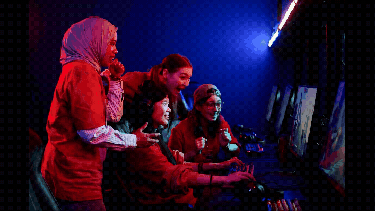
Arts & Culture
Gaming can be a machine for empathy
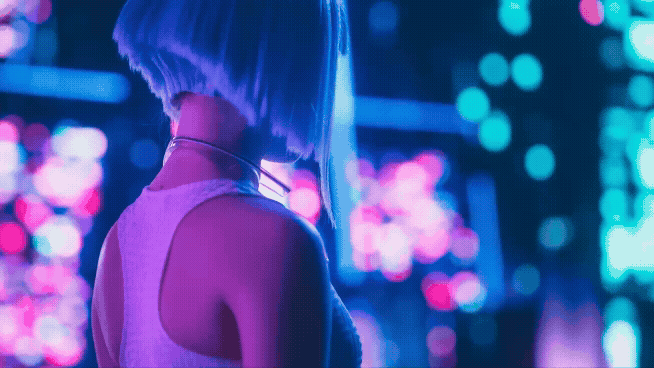
Melbourne International Games Week and PAX Aus are more than just trade expos – they are anchor points in the cultural calendar of Melbourne’s gaming communities
Published 7 October 2025
It’s not Halloween yet but wander through Melbourne in early October and you might spot Pikachu riding a tram or a Final Fantasy villain ordering a flat white.
These sightings tell us there’s something much larger at play: Melbourne International Games Week (MIGW) and PAX Aus are in town.
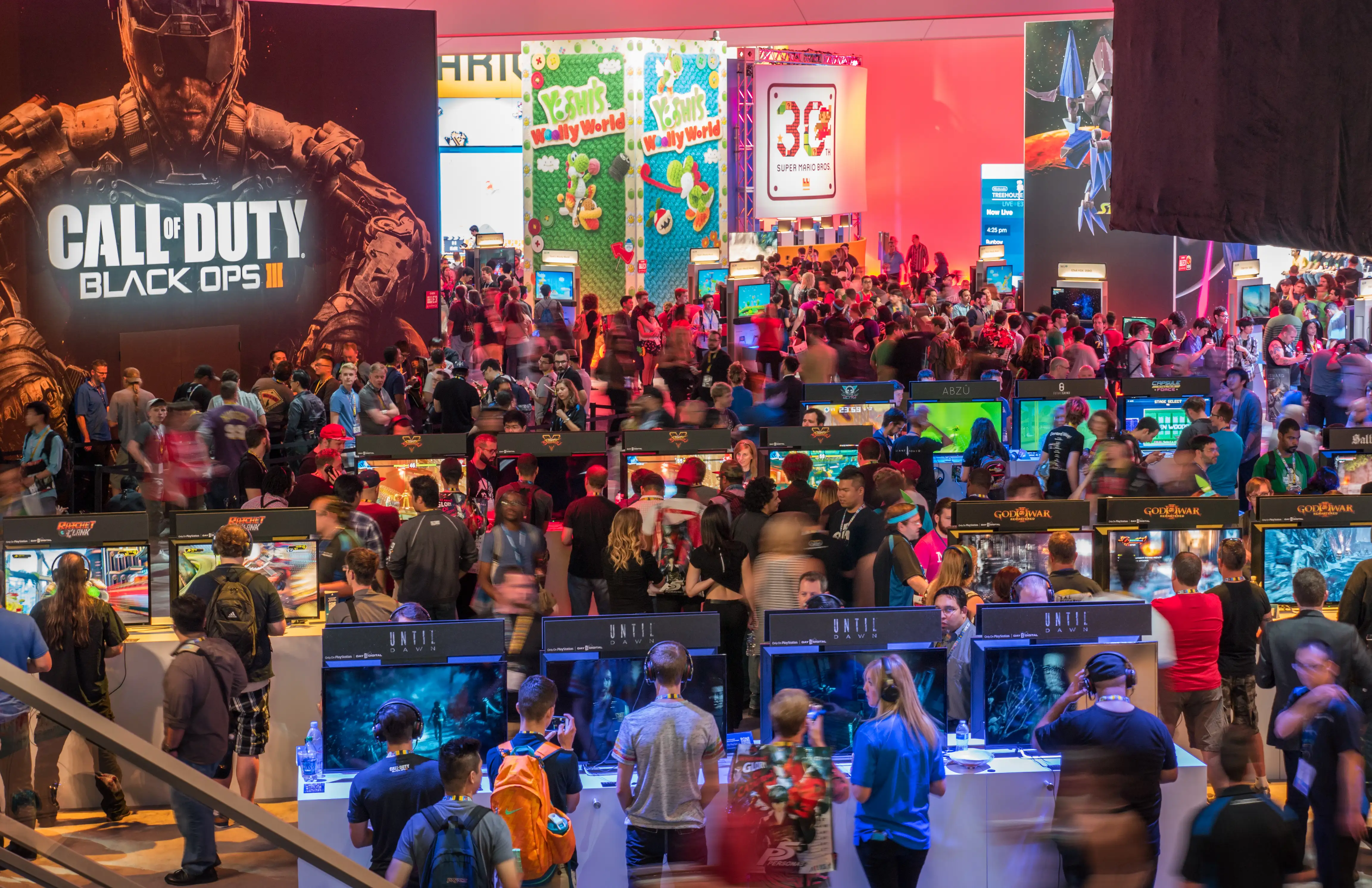
Every year, MIGW and PAX Aus open their doors to thousands of members of the gaming community, from international developers to local fans.
Beyond industry showcases, these events spill into the city’s laneways, parks and public spaces, blurring the lines between gaming culture and the everyday fabric of urban life.
Gaming conventions, including PAX Aus, are open, ticketed fairs where the public, creators, and publishers come together. They feature panel discussions, live demonstrations and competitions.
In Melbourne, PAX Aus is the expo, and MIGW is the broader city program around it.
But what matters is not the label but the effect: it establishes a fixed date around which people organise themselves and, for a brief moment, transforms the city into a visible stage for games.
So, what transforms these industry-led showcases into cultural touchstones for entire communities of players?

Arts & Culture
Gaming can be a machine for empathy
The answer is habit. A week of activities provides people with a fixed point in the calendar. When badges go on sale, friends purchase them together and set the date.
Months in advance, people book holidays, plan budgets and settle on themes in group chats. By the time the event officially begins, parties, tournaments and creator signings are already scheduled.
This cycle – planning, gathering, meeting, documenting, repeating – turns a convention into an annual ritual, one that organises friendships and shapes collective memories.
To see this calendar logic in action, look no further than the costumes.
Cosplay – the art of recreating and wearing the costumes, props and aesthetics of characters from video games and other popular media – treats expos like PAX Aus as key cultural milestones for showcasing both craft and passion for games.
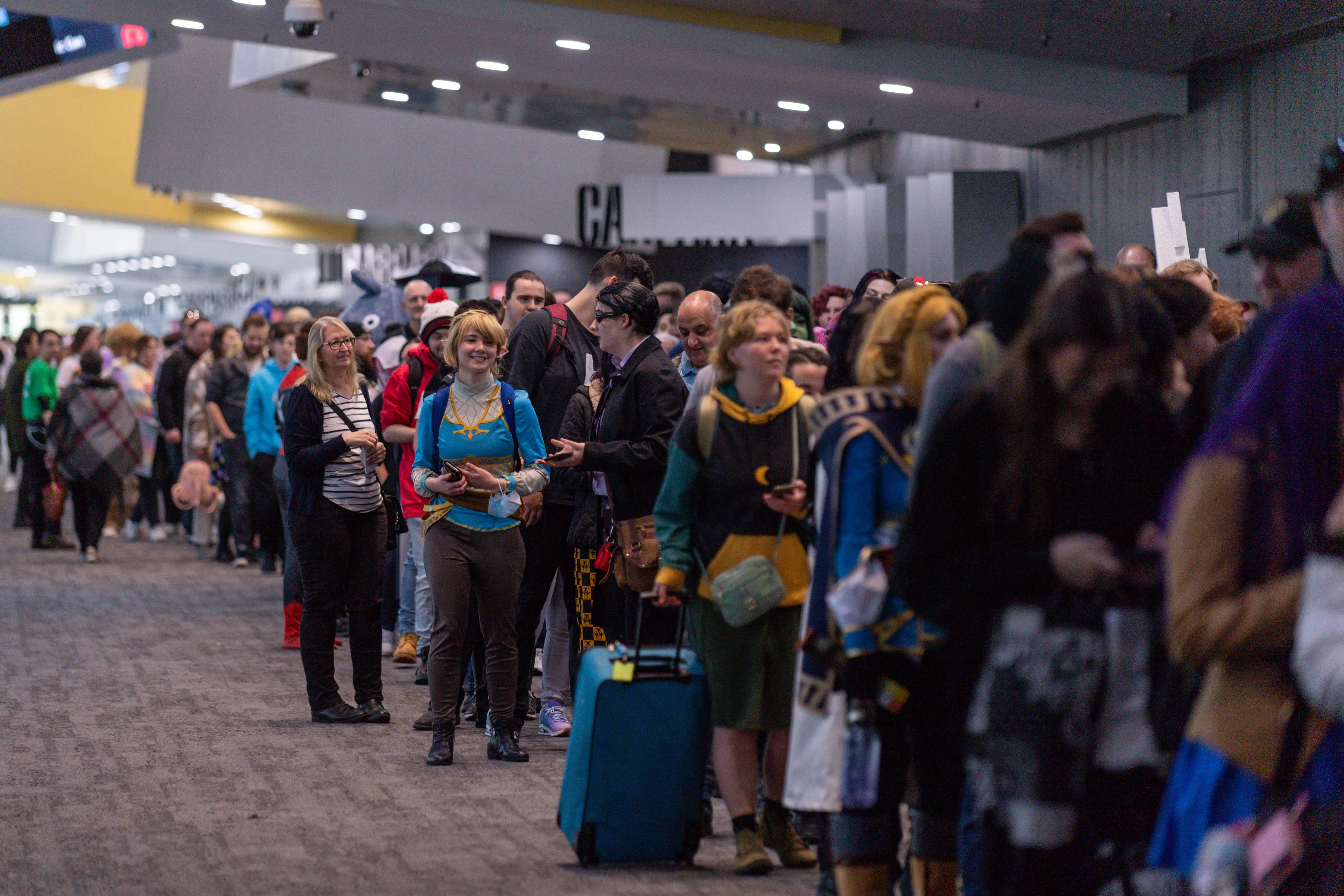
Cosplayers often invest months of time and significant resources into their costumes, ahead of their next convention appearance or cosplay competition.
As a result, people plan their PAX weekend well in advance, coordinate team themes, and budget for fabric, foam and travel expenses.
Gradually, festivals and celebrations like those encompassed by MIGW become beats in the annual rhythm of the gaming community.
It’s in this way that cosplay is no longer merely about ‘inhabiting’ a character; the preparation, collaboration and travel surrounding the convention are transformed into a seasonal community ritual – one that ties individual entertainment to collective time.
What may appear as a grand fan festival also sets the clock for developers.
Because attention and participation peak on a known weekend, studios and independent developers align their work accordingly.

Arts & Culture
How the far right weaponised gamers and geek masculinity
Playable game demos are readied for exhibition. Announcements are timed to coincide with the presence of the media and community. Recruitment and collaboration unfold around the week’s conferences and showcases.
In this sense, the rhythm that organises fans also structures production and promotion, becoming an essential link in the ecosystem of the Australian game industry.
In 2024, local game studio Massive Monster and publisher Devolver Digital staged marriage rituals from Cult of the Lamb, offering a striking example of how producers draw upon collective festivity for promotional purposes.
They constructed a small ‘temple’ and hosted two legally binding weddings on the Sunday of PAX 2024, officiated within a life-sized replica of the in-game shrine.
In lamb costumes inspired by the game, the couples made a virtual marriage ritual real. Entitled Unholy Matrimony, the event cleverly incorporated cosplay elements, attracting long queues of fans and generating viral attention.
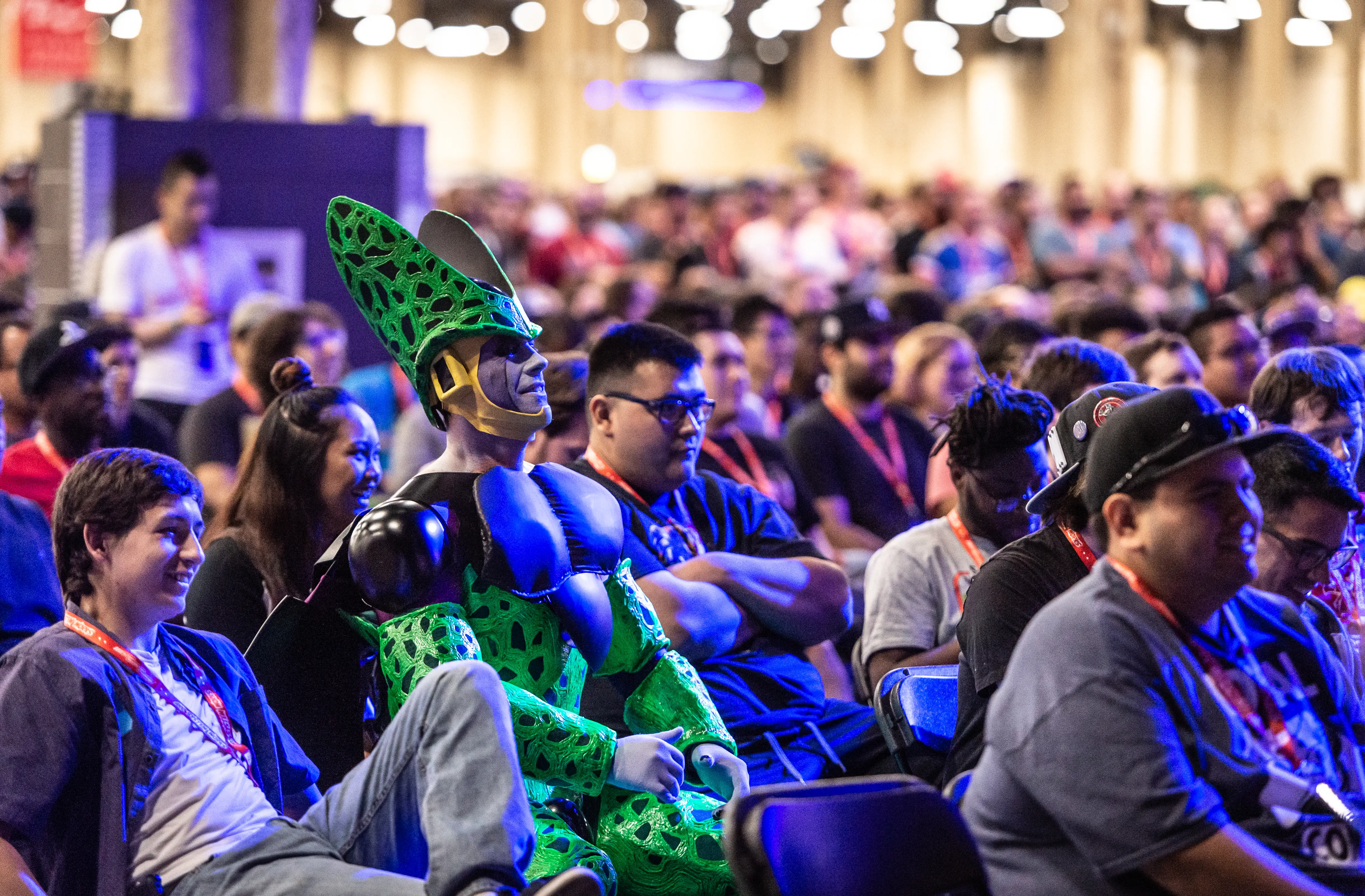
As cosplayers and fans emerged from convention halls and into the city, they transformed everyday spaces into stages of creativity: trams, laneways and squares became infused with a game-like atmosphere.
The entire city of Melbourne was reimagined as an extension of the Cult of the Lamb universe as an interactive, fantastical landscape.
At the close of the weekend, the calendar resets.
Photos are posted, group chats decide on next year’s themes and friends exchange ideas about what to build or book for the next round.
The dates that draw people into queues also serve as milestones for makers: a window by which projects must be completed, announcements released and collaborations initiated.
For a few days each October, the city once again relearns how to ‘play’.